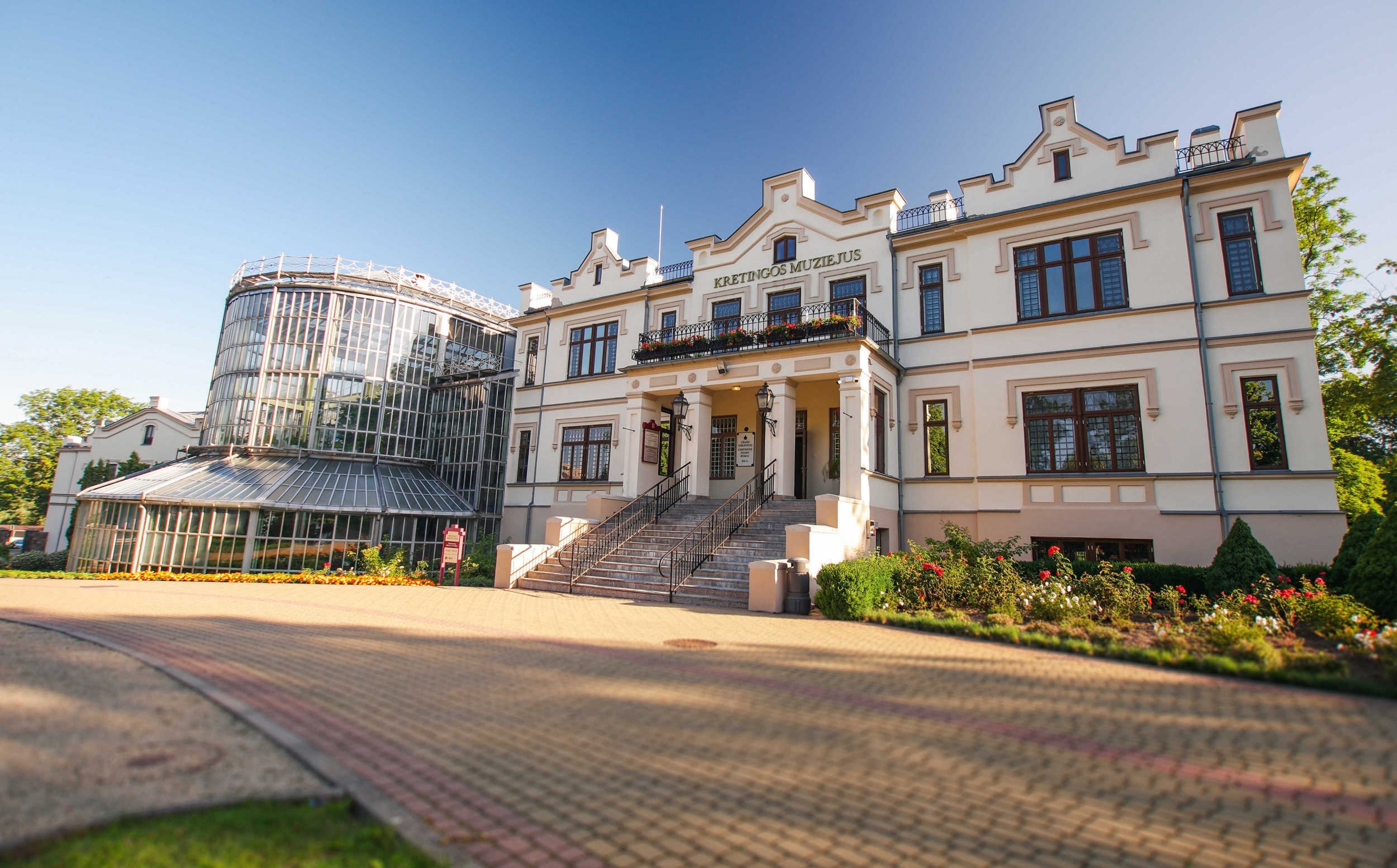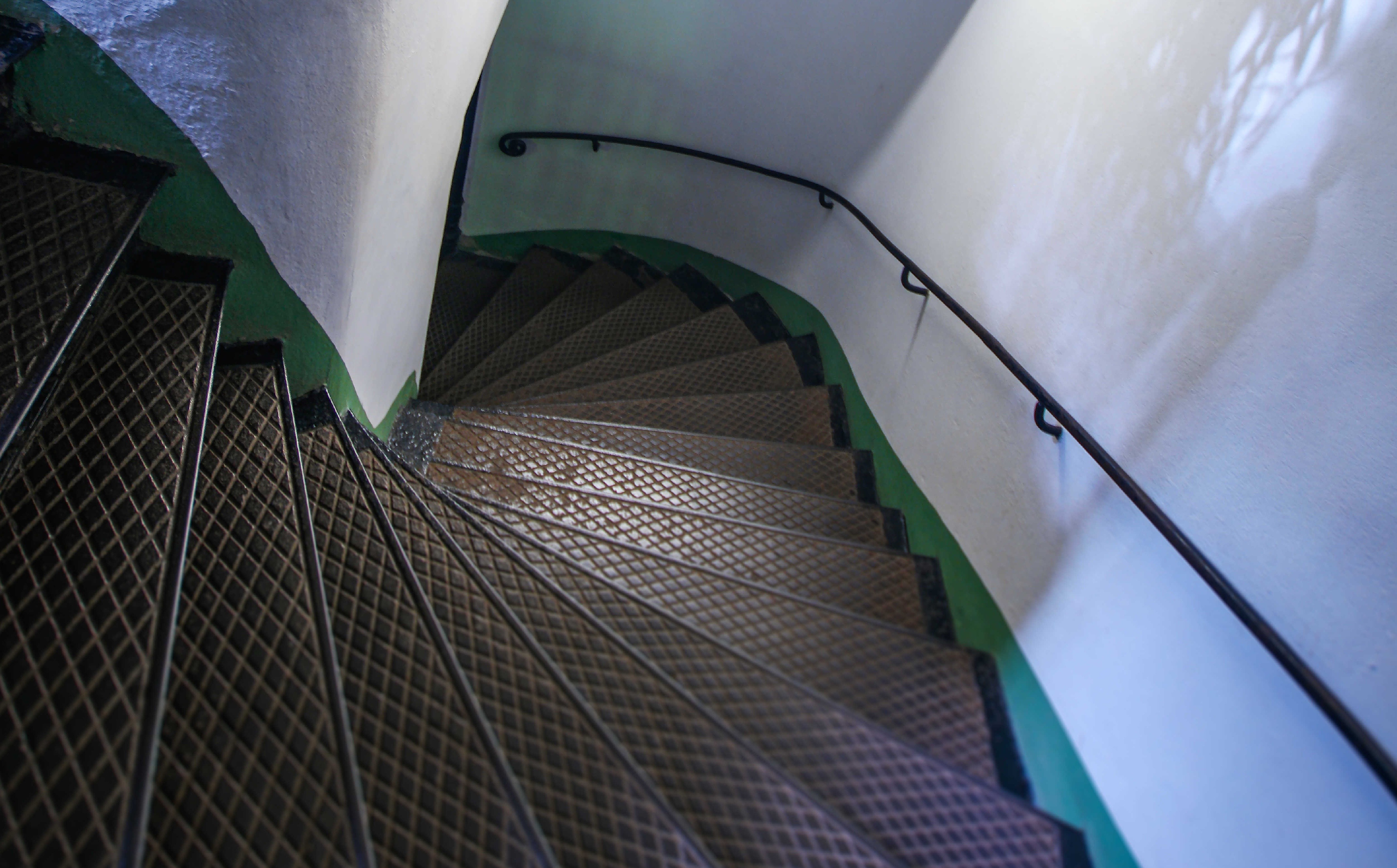Kretinga Manor was first mentioned in written sources in 1566. It belonged to the Elders of Samogitia Kęsgaila, the Grand Dukes of Lithuania Sigismund the Old and Sigismund Augustus.
In 1572, Kretinga Manor became the property of the noble Chodkiewicz family. Jan Karol Chodkiewicz, the military commander and the voivode of Vilnius, built a complex of monastery and church buildings in Kretinga, established a primary school and a shelter, and granted the Magdeburg rights to Kretinga, then called Karolstadt.
In 1622, Kretinga Manor became the property of Sapieha family, in 1745, it went to the Massalski family, and in 1806, the Counts Zubov became the proprietors of the manor. It was their initiative to create an English-style manor park and to build a brick palace.
The period of the Counts Tyszkiewicz
The last owners of the manor were the Counts Tyszkiewicz. In 1875, the Count Józef Tyszkiewicz established a family residence here. The manor park was renovated in a French style and expanded, it was equipped with five fountains, next to the palace, the Europe’s largest private winter garden at that time was built. During World War I, German army stayed in the palace of Kretinga Manor. The left wing of the palace was damaged by fire during the war. After World War II, an agricultural school was established at the manor.
The manor today
Currently the territory of Kretinga Manor covers 43 hectares, more than half of it is covered by a park. Twenty four buildings of the manor complex have remained. Since 1992, the manor of Neoclassical style with a Winter Garden houses the Kretinga Museum. The territory of the manor has a beautiful well-groomed park, renovated monumental manor house buildings, some restored elements of small architecture: astronomical calendar with sundial and park’s fountain.


